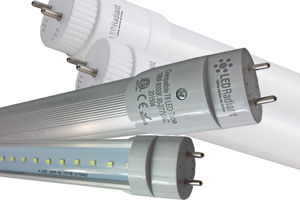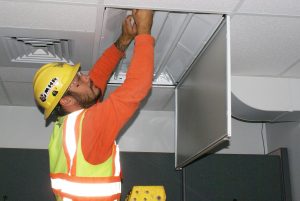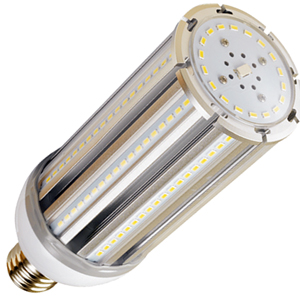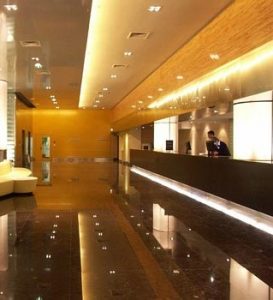More and more businesses and industrial buildings are switching out their old lighting systems and retrofitting with a highly efficient and far more productive LED lighting system. Some of the issues they are running into involve the old ballasts which were put in place to accommodate the fluorescent lighting previously used. A ballast essentially acts as a mini transformer of sorts which is necessary to light the lamp. Most heat the electrodes and in this manner start the lights. The question is, should you utilize these ballasts when integrating new LED technology? The overwhelming answer is no…

For one, it is not necessary. LED tubes have their own internal driver. So while bypassing the ballast may require a bit more work as far as installation goes, connecting directly to the line voltage is certainly the smarter thing to do. Ballasts generate unnecessary heat, and they subsequently wear out before the actual LED tube does. So maintenance costs should definitely be taken into consideration if you do not intend to bypass the ballasts.
Additionally, when replacing fluorescent tubes with LED’s you need to understand the nature of the ballasts you currently have in place. Connecting an LED lamp to an incompatible ballast will certainly cause issues. While some have argued that plug-n-play LED lights ultimately save time and money over the ballast bypass LED’s this is not necessarily the case. Often, companies experience a very costly trial and error process trying to retrofit LED lighting as they are unaware of the exact type of ballasts currently installed, whether instant start or programmed start, magnetic or electric.

In the end, bypassing the ballast just makes more sense. Primarily, you are implementing a system which is quite a bit more efficient than if you opted not to bypass. The ballast itself wastes anywhere from 15-30% of the total electricity used. Over time this equates to lost energy which translates to lost money. So although initially the work may be a bit more labor intensive, in the end, as far as efficiency, maintenance costs, and overall productivity, it looks like the best solution when retrofitting with LED lighting is to bypass the outdated ballasts.
Not sure of where to start. LEDRadiant is invested in your happiness and so we are dedicated to helping you with all of your lighting needs. Contact us and we will certainly be there to assist you!


















